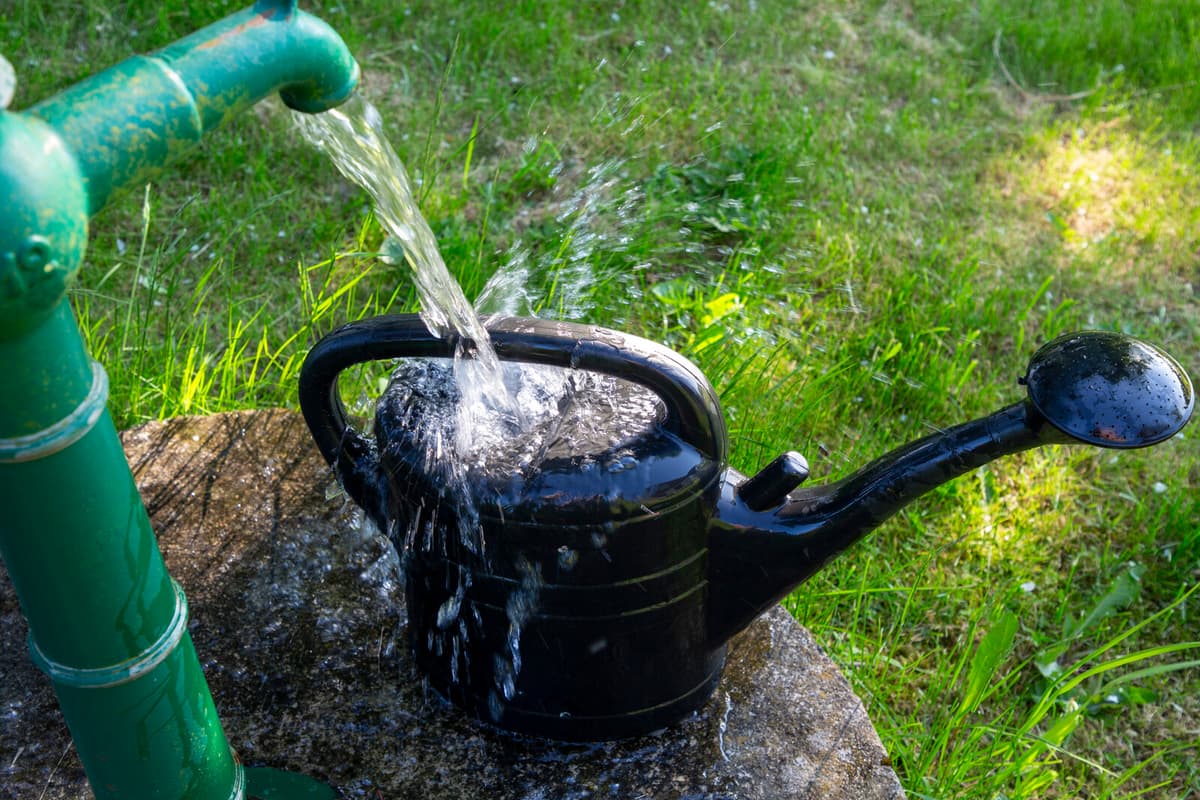Regardless of whether the next two months will be dry or the weather is normal, the groundwater levels are expected to decrease further in almost the entire country, according to preliminary forecasts from the Swedish Geological Survey (SGU).
If two wet months are ahead, it is only the country parts that will have levels far below normal. In large parts of the country, the level will still be below normal.
According to Carl-Erik Hjerne, it is a consequence of a dry spring.
The starting point before the summer is not good. Both during the autumn, winter, and spring, there has been little precipitation, especially in southern Sweden.
Important with rain
Currently, more than half of Sweden is characterized by abnormally low levels for the season.
It will likely decrease more, the question is how much and how fast. Usually, it is in July, August, and September that we have the lowest groundwater levels seen throughout the year, he says.
Even at the Swedish Board of Agriculture, they follow the development of the weather, but do not yet label the situation as acute.
For crop production, it is important that it rains in the near future. Low groundwater levels and groundwater shortage affect primarily the possibilities for water supply to animal production, but also the parts of crop production that are dependent on groundwater for irrigation, says Eva Johansson, investigator for water management.
Risk of irrigation ban
Groundwater levels can affect those who have their own well and those who rely on municipal systems – there is simply less water.
However, how much one is affected varies greatly between municipalities. Different conditions such as geological location and whether there are large or small water reservoirs play a role, says Carl-Erik Hjerne.
Common measures to counteract groundwater shortage are irrigation bans and various saving campaigns, which the municipalities themselves decide on. On Gotland, an irrigation ban was introduced as early as April 15 due to the low groundwater levels.





